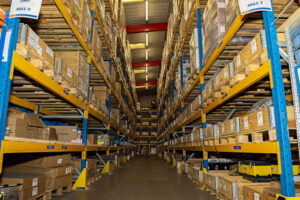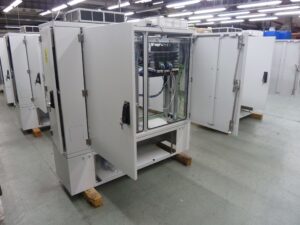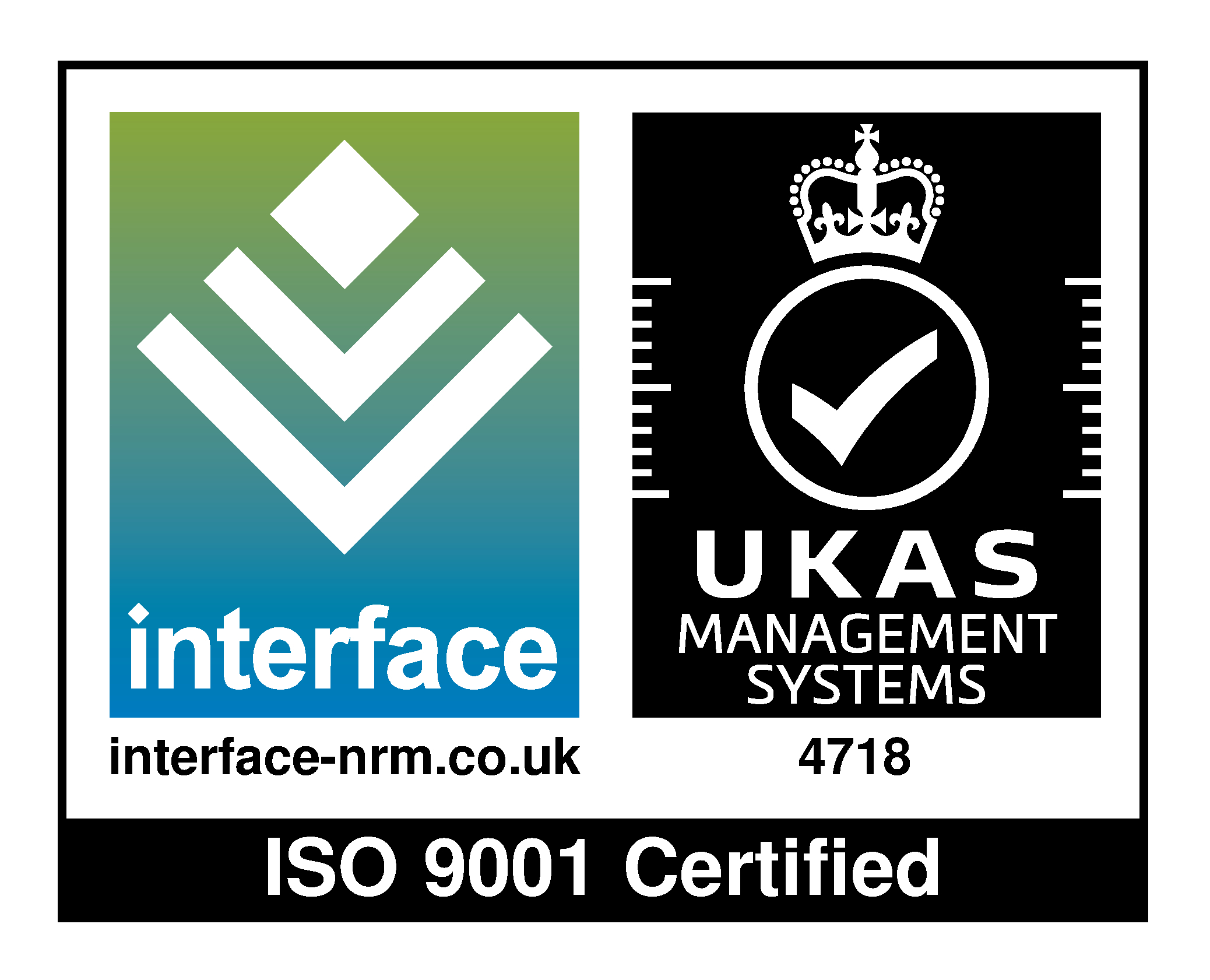The role of 5G in the UK’s digital infrastructure took centre stage during the recent Queen’s speech, her first State Opening of Parliament since the pandemic began. Discussing the Government’s objectives for the coming session, her Majesty spoke of her intent to transform connectivity by rail and bus [High Speed Rail (Crewe – Manchester) Bill] and to extend 5G mobile coverage and gigabit capable broadband [Product Security and Telecommunications Infrastructure Bill].
While mentioned separately, the two are undoubtedly connected; after all, without a strong and resilient 5G network, how do you effectively connect rail infrastructure and improve the passenger experience?
However, building this network is full of challenges; much of the country’s existing physical infrastructure is outdated, particularly when it comes to rail; and space for new data cabinet installations is a at a premium. Urban planning rules and regulations mean that there is only so much street furniture that can be put in place, and especially when you have historic towns and cities where the planning laws are stricter. Rural areas also pose a problem, since there is a lack of fibre available and in many cases, 4G rollouts remain ongoing. This affects the rail sector, with rural routes often providing a 5G blackout in the communications process.
What’s the solution?
To meet the aims set out in the Queen’s speech, it’s important that we see greater collaboration throughout the telecoms supply chain, and improved communication with local authorities. To meet the government’s target of having most of the population 5G-ready by 2027, collaboration between local authorities and network providers is essential.
There are several stakeholders involved – from network providers, to cabinet manufacturers, land owners and local governments, who must all be on the same page regarding connectivity. At CHH, we have several value chain partnerships and work with businesses such as Berthold Sichert, which enables us to install high quality polycarbonate data cabinets for rail, which demonstrates performance benefits over other materials in relation to vibrations and corrosive brake dust.
It’s also important that infrastructure designers and manufacturers contrive more innovative ways to build and install critical data cabinets, particularly in urban areas. Where new space is at a premium, we must instead think about how we can best use existing spaces. At CHH CoNeX, we are designing data cabinets with densification in mind, carrying out highly complex engineering to design and build cabinets capable of housing a greater number of cables and access networks. This enables electrical engineers to simply fit more inside, further expanding the country’s capacity for new communication networks.
Network sharing is also an option for areas where new infrastructure is particularly difficult to install. This would also help to ease high competition for rack space, with operators free to share resources and maximise existing physical infrastructure.
5G is a challenge the UK has faced for the past few years and the events over the past 18 months have demonstrated why building a powerful, resilient, and effective 5G infrastructure is so important to the digital economy. While challenges exist, it is encouraging to see 5G raised as a priority at the highest level and already moves such as the Project Gigabit programme and the Shared Rural Network scheme have helped to pave the way for 5G installation.
If we are to truly deliver on the country’s 5G ambitions though, it is essential that the entire value chain collaborates more closely and innovates together – both in terms of products and design thinking. 5G promises several opportunities for the country but to realise these, it is essential we all work together.








